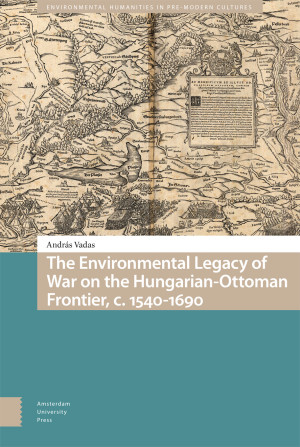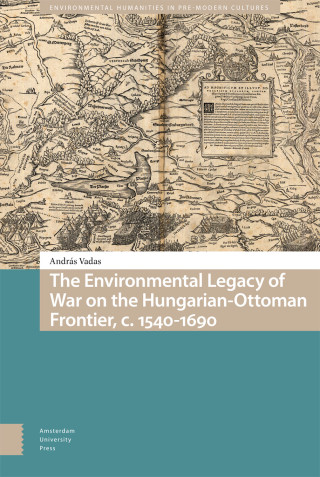András Vadas
András Vadas is an Assistant Professor of Medieval History at Eötvös Loránd University (Budapest) from where he holds a PhD in early modern history. He holds a second doctorate in medieval history from the Central European University (2020). His research interest is the environmental and economic history of the Middle Ages and the early modern period. His works discuss the problem of the environmental change brought about by military activities in the Carpathian Basin as well as mills and milling in medieval Hungary. He co-edited volumes with Brill (Medieval Buda in Context and The Economy of Medieval Hungary) and with Routledge (The Medieval Networks in East Central Europe Commerce, Contacts, Communication) as well as numerous studies published in peer-reviewed journals (Global Environment, Water History, City and History, Hungarian Historical Review, etc.).





